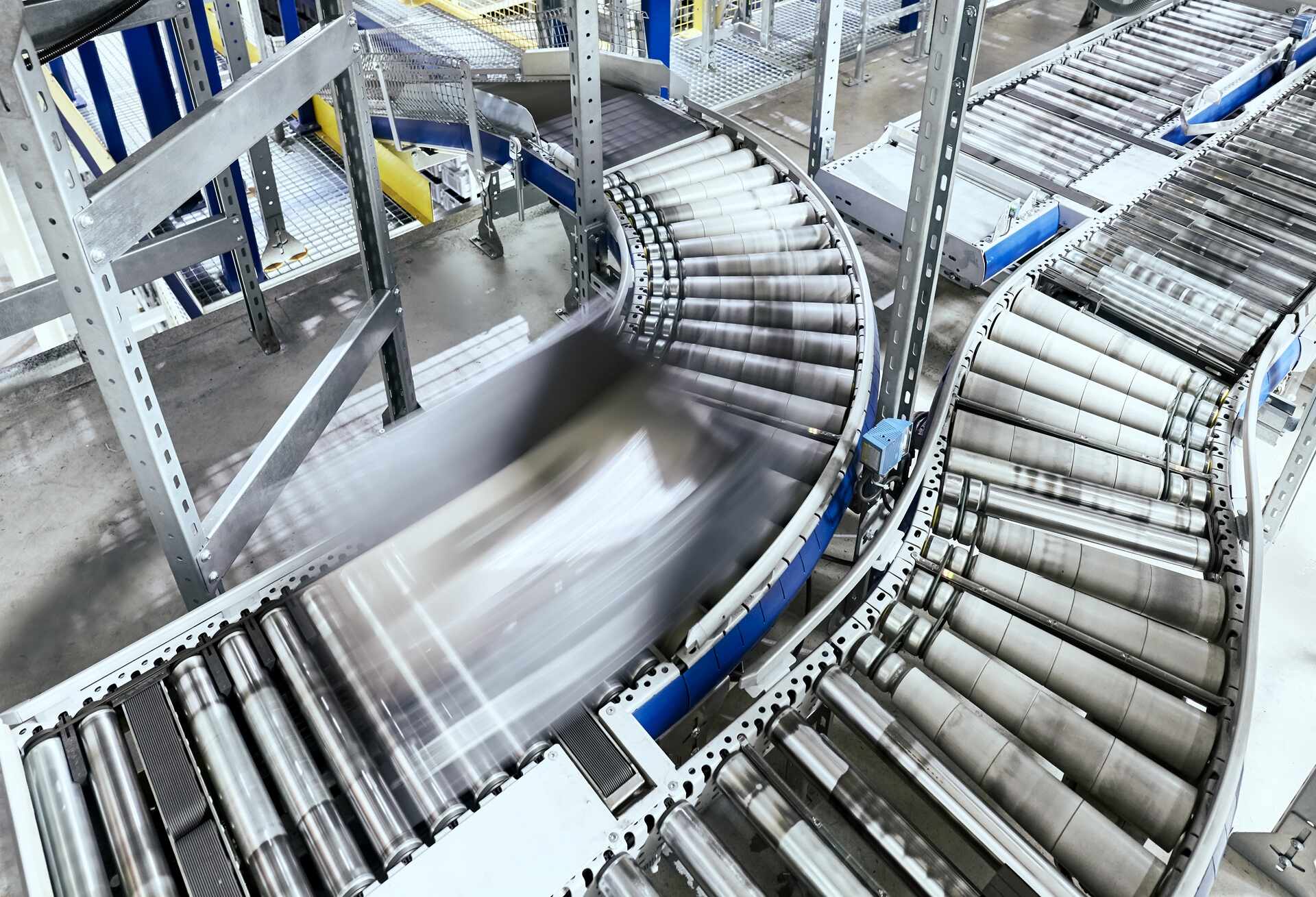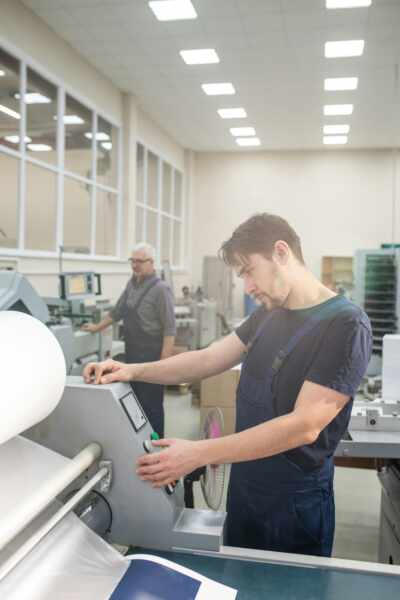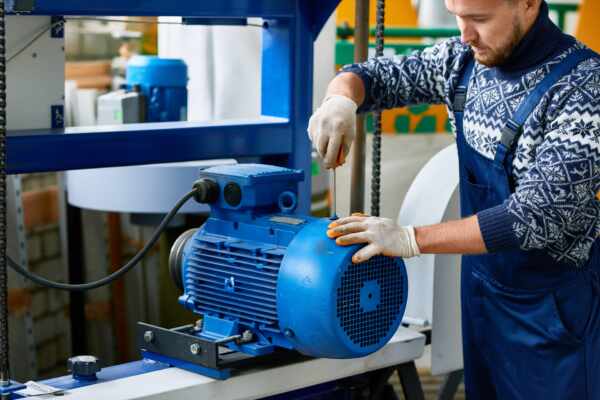For a wide range of industries, conveyor belts are the backbone of efficient and streamlined operations, transporting goods, components, and materials throughout the production process. With a wide variety of conveyor belts available, choosing the most appropriate type for your specific industry needs can be a complex and challenging task. Each conveyor belt type has its unique features, advantages, and applications, making it essential to understand their differences to make an informed decision.
In this comprehensive guide, we will delve into the various types of conveyor belts available, outlining their unique characteristics and suitability for different industries and applications. This exploration will provide valuable insights to help you select the most appropriate conveyor belt system for your facility, ensuring smooth and efficient operations, minimal downtime, and a maximised return on investment.
We pride ourselves on delivering a comprehensive range of conveyor belt solutions customised to meet the unique needs and challenges of diverse industries. With our expertise and commitment to customer satisfaction, you can trust our team to guide you through the process of selecting, designing, and implementing the optimal conveyor belt solution for your specific industry requirements.
Understanding Different Conveyor Belt Types
To make an informed decision about the most suitable conveyor belt system for your industry needs, it’s essential to understand the various types of conveyor belts available. Here, we explore some of the most common conveyor belt types and their unique advantages and applications in different industries:
1. Flat Belt Conveyors
Flat belt conveyors are among the most versatile and widely used conveyor systems, featuring a continuous, flat loop of material that travels across two or more pulleys. They are suitable for a diverse range of industries, including food and beverage, packaging, manufacturing, and warehouse logistics. The following characteristics make flat belt conveyors a popular choice:
– Versatility: Flat belt conveyors can handle various materials and products, from small, lightweight objects to larger, heavier items, making them suitable for many applications.
– Easy Installation: Flat belt conveyors are relatively simple to design, install, and maintain, reducing downtime and ensuring consistent efficiency.
– Customisation: Flat belt conveyor systems can be customised with different belt materials, including fabric, PVC, polyurethane, and rubber, to suit specific product needs and environmental factors.
2. Modular Plastic Belt Conveyors
Modular plastic belt conveyors are an innovative solution for applications requiring hygiene, durability, and flexibility. These conveyor systems comprise interlocking plastic modules powered by a positive drive system with sprockets at each end. Industries that can benefit from modular plastic belt conveyors include food processing and packaging, pharmaceuticals, and consumer goods. Key advantages of these systems include:
– Easy Cleaning and Maintenance: The modular design allows for easy cleaning and replacement of damaged or worn sections, providing a more cost-effective and hygienic solution, particularly for the food and pharmaceutical sectors.
– Adaptability: Modular belt systems can accommodate a wide range of product sizes, shapes, and weights, including irregular-shaped items that might be challenging for other conveyor types.
– Flexibility: The modular design allows for complex conveyor configurations, including curves, inclines, and declines.
3. Roller Conveyors
Roller conveyors utilise a series of permanently mounted rollers to move products and materials across a set path. Available in both powered and gravity-driven configurations, roller conveyors are commonly used in the distribution and warehousing of goods, as well as industries where palletised items need to be transported. Benefits of roller conveyors include:
– Energy Efficiency: Gravity-driven roller conveyors require no external power source, reducing energy consumption and lowering operational costs.
– Scalability: Roller conveyor systems can be easily expanded, reconfigured, or combined with various materials handling equipment.
– Reduced Maintenance: With a simple design and minimal moving parts, roller conveyors require less maintenance compared to other conveyor types.
4. Cleated Belt Conveyors
Cleated belt conveyors feature a flat belt with raised cleats or flights designed to keep products and materials securely in place during transport. These conveyors are ideal for applications involving inclines, declines, or the handling of fragile or slippery products. Industries such as agriculture, mining, and recycling can benefit from cleated belt conveyors. Their unique benefits include:
– Enhanced Product Stability: The cleats on the belt provide improved stability and control, reducing the risk of product spillage or damage during movement.
– Efficient Bulk Material Handling: Cleated belt conveyors are designed to efficiently transport large volumes of bulk materials like aggregates, minerals, and waste products.
– Customisable Designs: Cleats can be customised in various heights, shapes, and patterns to suit specific industry requirements and product types.
Making the Right Choice for Your Industry
To choose the ideal conveyor belt system for your industry needs, consider the following factors:
1. Product and Material Characteristics: Evaluate your facility’s specific products and materials, taking into account weight, size, shape, and any unique handling requirements.
2. Operational Environment: Consider the environment in which your conveyor system will be operating, including factors such as temperature, moisture levels, and potential contaminants.
3. Space Constraints: Assess your facility’s available space and layout, ensuring that your selected conveyor system can be efficiently integrated without compromising productivity or safety.
Conclusion
Selecting the right conveyor belt system is crucial for the efficiency and productivity of your facility. By gaining an understanding of the various types of conveyor belts available and their unique advantages for specific industries and applications, you can make an informed decision that meets your unique requirements and contributes to the long-term success of your operations.
Our team is dedicated to providing expert guidance and tailored solutions to ensure the optimal performance, longevity, safety, and compliance of your conveyor belt systems.
Ensure the success of your facility with expert guidance and reliable conveyor belts from Change Parts Pty Ltd. Contact our team today to discuss your unique industry needs and discover how we can elevate your operations with the perfect conveyor belt system.




